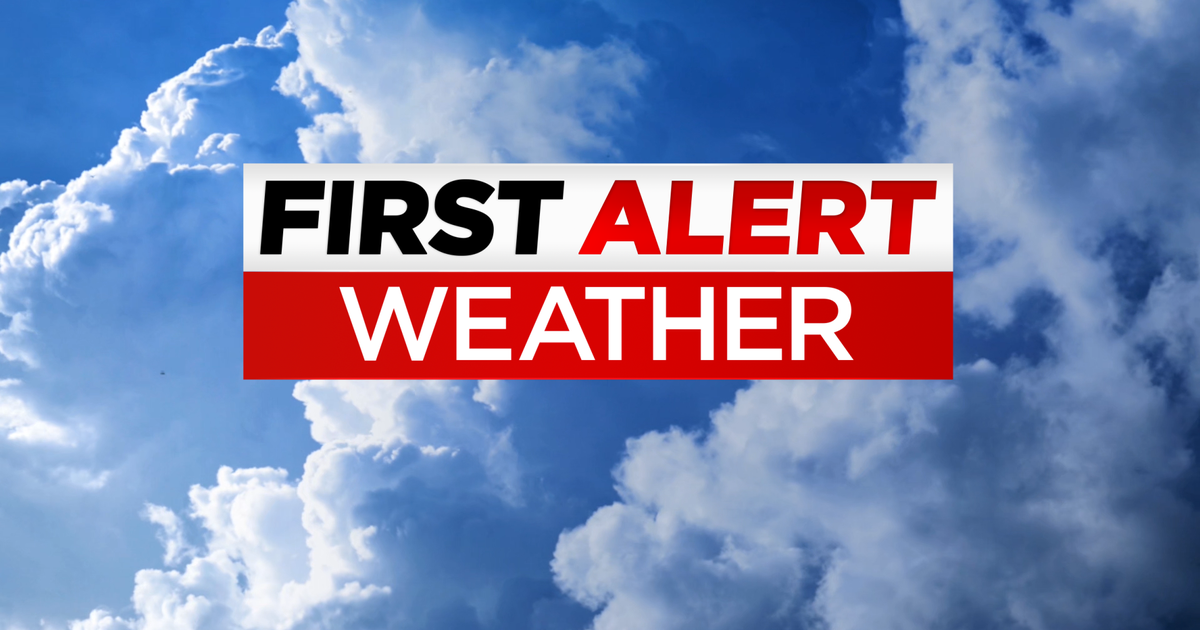NFL
Brian Burns adds a massive boost to Giants defense on the edge

The New York Giants have long needed a star edge defender. Former general manager Jerry Reese signed Olivier Vernon to a — then — massive five-year, $85 million deal to complement Jason Pierre-Paul. Reese attempted to replicate the success of the Michael Strahan, Justin Tuck, and Usi Umenyiora era.
Both Pierre-Paul and Vernon were off the Giants by 2018. Markus Golden had an excellent season in 2019, but the edge cupboard was barren for a few years, and the Giants relied on interior pressure to affect the quarterback.
Investments through the draft with Azeez Ojulari in 2021 and Kayvon Thibodeaux in 2022 created excitement, but GM Joe Schoen’s trade for Brian Burns is the cherry on top.
Key losses: Jihad Ward
Key additions: Brian Burns
Why the Giants might be better
Schoen traded the 39th and 141st picks in the 2024 NFL Draft and a 2025 conditional pick for Burns and the 166th pick in the 2024 NFL Draft. Schoen subsequently awarded Burns a five-year, $141 million contract with $87.5 million guaranteed, making him the third highest-paid edge defender in the league per average annual value.
The 26-year-old only had 40 pressures last season on 379 pass-rushing reps but 68 pressures on 525 in 2022. He had 51 pressures in 2021 and 57 in 2020. According to ESPN, Burns ranked 11th in Pass Rush Win Rate at 21%, just ahead of Pittsburgh’s Alex Highsmith and Tennessee’s Arden Key. Pass Rush Win Rate (PRWR) is a metric that measures how often a pass rusher can beat their block within 2.5 seconds of the snap.
PRWR is conducive to success for Burns’ skill set. Few edge defenders in the NFL have Burns’ explosive first three steps, and even fewer have his ability to corner tight angles and avoid clean contact up the pass-rushing arc. His ability to remain balanced, dip his inside shoulder at the top of the arc, and orient his hips to the target while maintaining speed/burst is impressive.
The transition to Shane Bowen’s defense certainly helps Burns, who is better deployed from a wide angle. Bowen employed Harold Landry, who plays similarly to Burns, from a wide angle on obvious passing downs. Landry recorded 22.5 sacks and 117 pressures in two seasons with Bowen; Landry recovered from a torn ACL between those two seasons.
Kayvon Thibodeaux enters year three after taking a massive jump by converting pressures into sacks. He had two fewer pressures with 54 more passing reps but did sack the quarterback 11.5 times, 7.5 more times than in 2022. The presence of Burns should give Thibodeaux more one-on-one opportunities.
For the second consecutive season, Ojulari struggled to stay healthy. The 24-year-old has played 676 snaps over his last two seasons. He played 781 snaps in his rookie year, breaking the Giants’ rookie sack record with eight. As he enters a contract season, fewer snaps and more rest for Ojulari could work in his favor.
It’s easy to forget about Boogie Basham. He played 194 uneventful snaps in Wink Martindale’s defense. He had zero pressures, seven tackles, and was not noteworthy. Still, he is one year removed from recording 25 pressures in his second NFL season with Buffalo. The 26-year-old is switching coordinators, which should help him.
Why the Giants might be worse
Burns has never ranked in the top 20 in Pro Football Focus’ win percentage (the percentage of “wins” vs. blocking on non-penalty pass rush snaps). Only once did Burns rank in the top 20 (placing 10th) in PRP (a formula that combines sacks, hits, and hurries relative to how many times they rush the passer).
Similarly, Thibodeaux ranked outside the top 70 in both categories through his first two seasons. The investments are there, but the snap-by-snap production doesn’t necessarily match.
There’s also the question of run defense. Burns was a below-average run defender at the point of attack in Carolina. The Panthers would often slant him or have him dip around contact, which gave leverage to blockers. This could pose a problem for the Giants.
Thibodeaux is an average run defender, and Ojulari is below average. For Burns to live up to his contract, the Giants must force the offense to pass the football, preferably in obvious passing situations. There will be a heavy emphasis on the run defense, specifically the linebackers, as Bowen mentioned in the first episode of ‘Hard Knocks’.
Burns, Thibodeaux, and Ojulari are a solid trio, and Basham may earn a different type of role, but there’s little depth behind those players. I would not be as concerned with depth if Ojulari stays healthy. However, Isaiah Simmons could factor into the depth of this position group, which is enticing on passing downs.
Roster projection
Locks: Brian Burns, Kayvon Thibodeaux, Azeez Ojulari
On the bubble: Carlos “Boogie” Basham, Benton Whitley, Tomon Fox
Long shots: Ovie Oghoufo
Final thoughts
The Giants edge group is in a much different spot than it was last season under Martindale, who is now at the University of Michigan with former defensive assistant Kevin Wilkins. Schoen added a potential superstar in Brian Burns. Charlie Bullen took over for Drew Wilkins, who is now with the Patriots, and the defensive front employs wider rush angles, giving explosive bendy players a more advantageous path into the pocket, which is enhanced when interior pressure is applied.
The edge group is in a better spot than it was last season. Although I have Basham on the bubble, I believe he will make the team and possibly earn a significant role. I’m interested to see how Burns holds up as a run defender; he’s stronger than he gets credit for, but he’s not necessarily a hold-the-point-of-attack consistently type of player.
If the Giants’ offense can keep the defense in games, and the Giants’ run defense can force third-and-long or even third-and-manageable situations, then this pass-rushing group should surprise many around the NFL.









